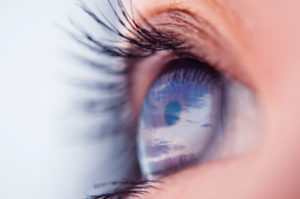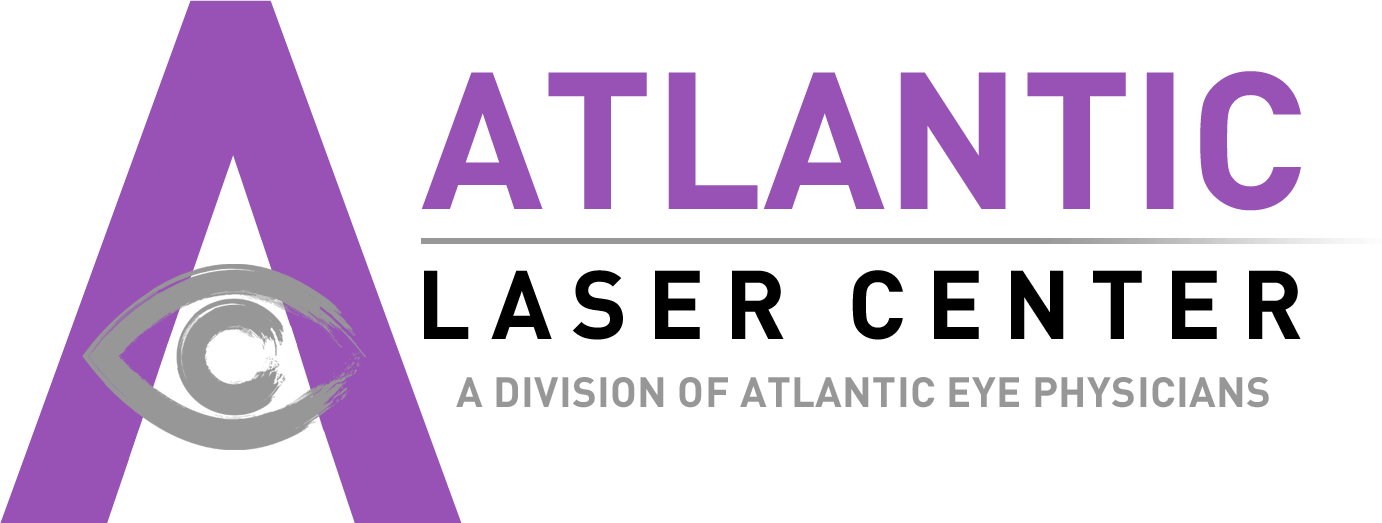What Is PRK Recovery Like?
 For patients who aren’t good candidates for LASIK or who wish to avoid the risk of flap complications associated with that procedure, PRK offers a potentially ideal alternative. The actual procedure differs from LASIK only in how the stromal layer of the cornea – the corneal tissue that is reshaped by the excimer laser – is accessed. While LASIK requires the creation of a hinged flap in the outermost layer of the cornea with either a microkeratome blade or a precision laser, no such flap is made during the PRK procedure. Rather, the outermost layer of the cornea, the epithelial layer, is removed altogether. At this point in the surgeries, LASIK and PRK are precisely the same.
For patients who aren’t good candidates for LASIK or who wish to avoid the risk of flap complications associated with that procedure, PRK offers a potentially ideal alternative. The actual procedure differs from LASIK only in how the stromal layer of the cornea – the corneal tissue that is reshaped by the excimer laser – is accessed. While LASIK requires the creation of a hinged flap in the outermost layer of the cornea with either a microkeratome blade or a precision laser, no such flap is made during the PRK procedure. Rather, the outermost layer of the cornea, the epithelial layer, is removed altogether. At this point in the surgeries, LASIK and PRK are precisely the same.
However, as you might expect, the recovery stage after PRK is quite different from the recovery stage after LASIK due to the removal of the epithelium in PRK. Dr. Daniel B. Goldberg is careful to describe PRK recovery in detail during consultations at his Monmouth County, NJ eye care clinic so that patients fully understand what to expect before, during, and after surgery. He wants his patients to be able to make informed, confident decisions about whether to commit to undergoing PRK.
We invite you to read about the PRK recovery period and then contact Atlantic Laser Center today to schedule your initial consultation with Dr. Goldberg.
What Is the Recovery Period after PRK Like?
One of the chief benefits of PRK is that, unlike LASIK, there are no potential flap complications associated with the procedure. However, the trade-off is that the recovery period after PRK is longer and somewhat less comfortable than it generally is for LASIK patients. The epithelial layer removed during PRK surgery will regenerate; however, this occurs over a period of weeks. In some patients, the regrowth of the epithelium could take up to three months.
It is only during the first 24 to 72 hours after surgery that most patients experience significant discomfort due to the removal of the epithelium. This discomfort may take the form of burning, itching, irritation, and sensitivity to light, and it may be accompanied by excessive tearing and swelling of the eyelids. Dr. Goldberg provides patients with a prescription for medication that will help to manage the discomfort. Patients wear protective contact lenses during this time to compensate for the lack of the protective epithelial layer.
After about three days, the discomfort will begin to subside, and the protective contact lenses can be removed. Vision is usually still a bit blurry at this point, but should be clear enough for patients to drive and function normally. As the epithelium gradually begins to regrow, vision will improve dramatically, and any side effects from surgery that might have resulted – the most common include halos and impaired night vision – generally begin to subside. Most patients achieve optimal vision within three to six months of having undergone surgery.
Learn More about PRK Recovery
To learn more about PRK recovery, or to schedule your initial consultation with Dr. Daniel B. Goldberg, please contact Atlantic Laser Center today.


